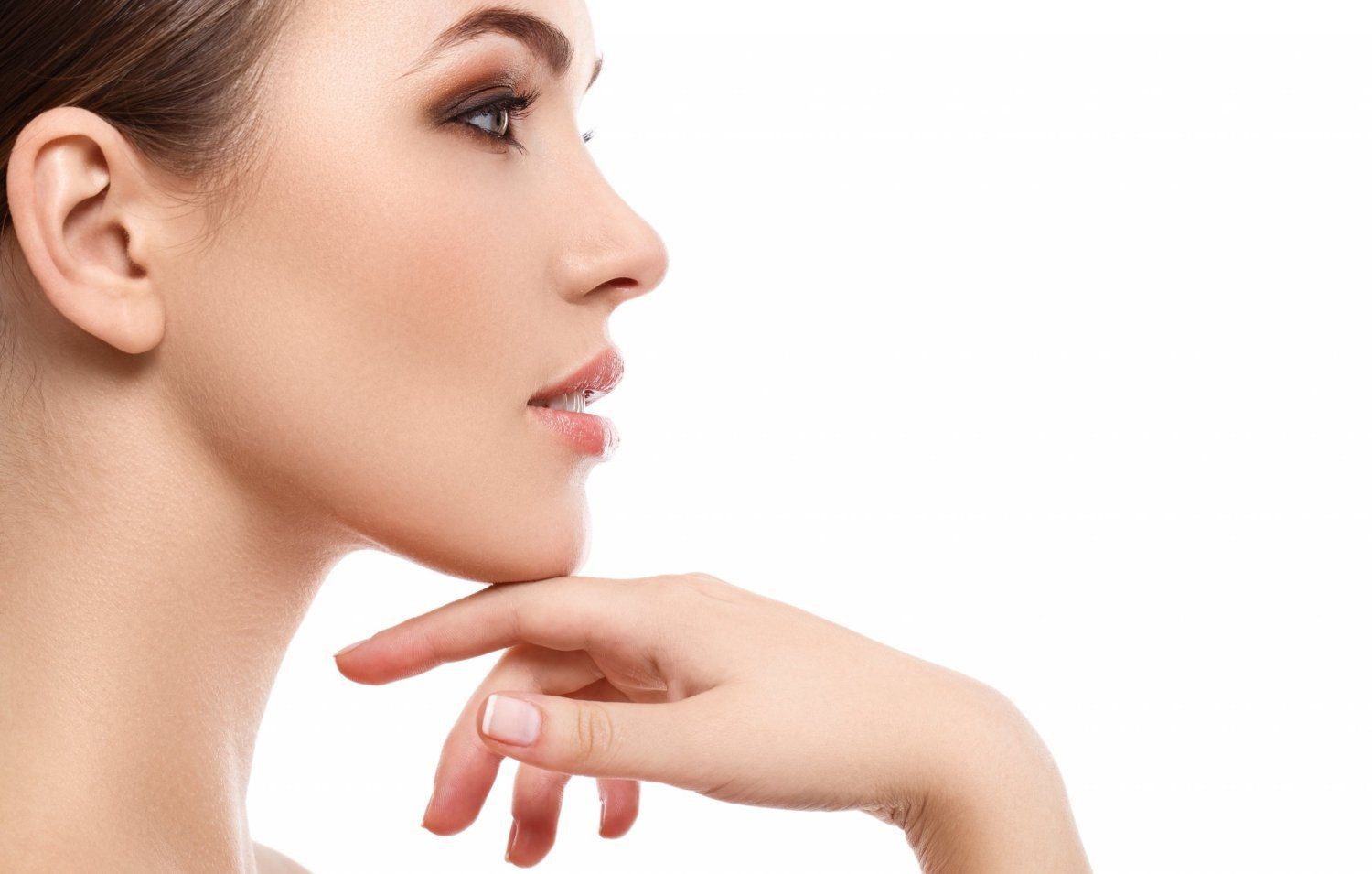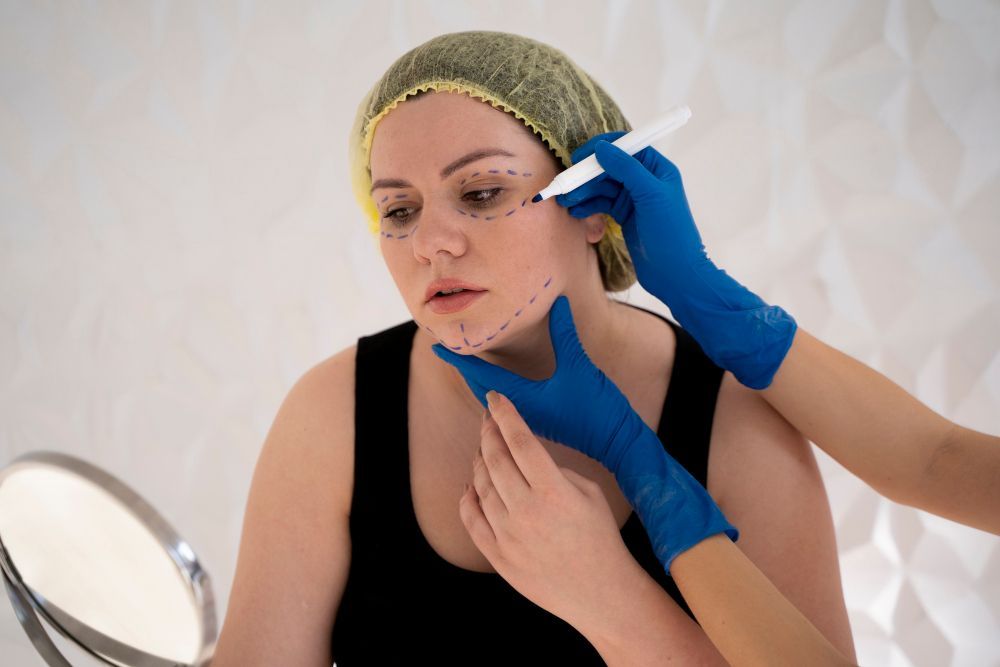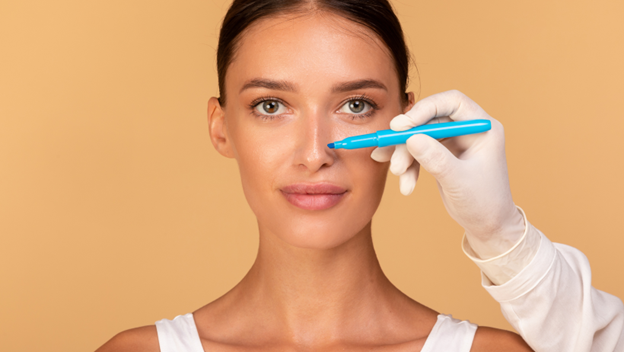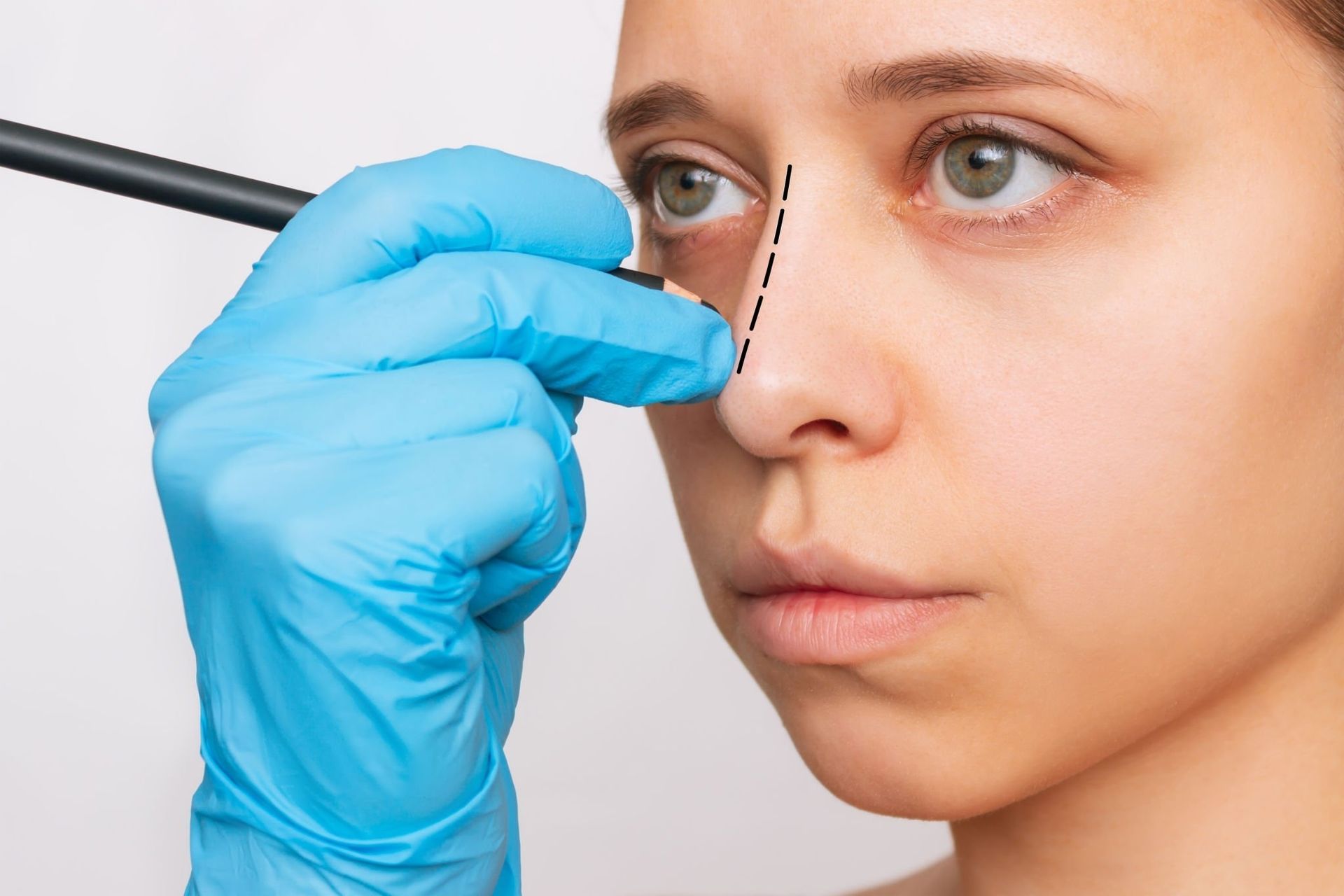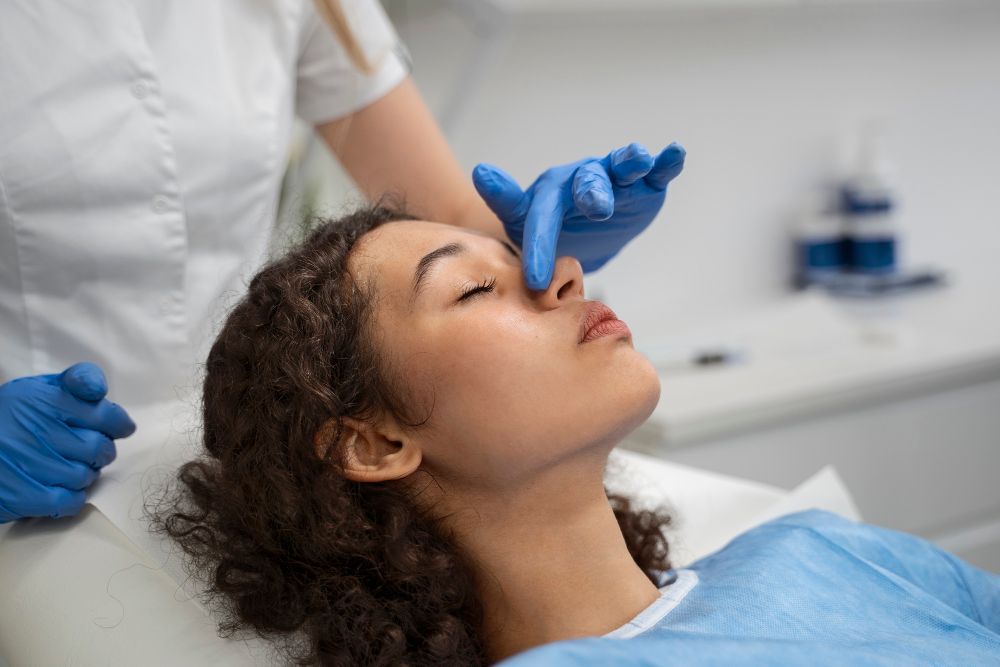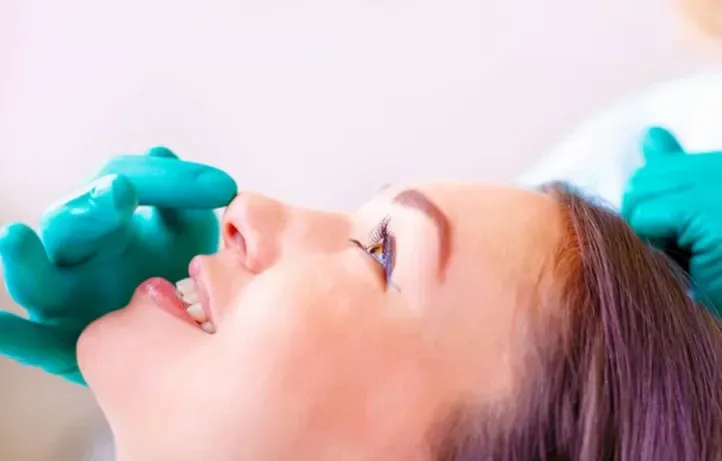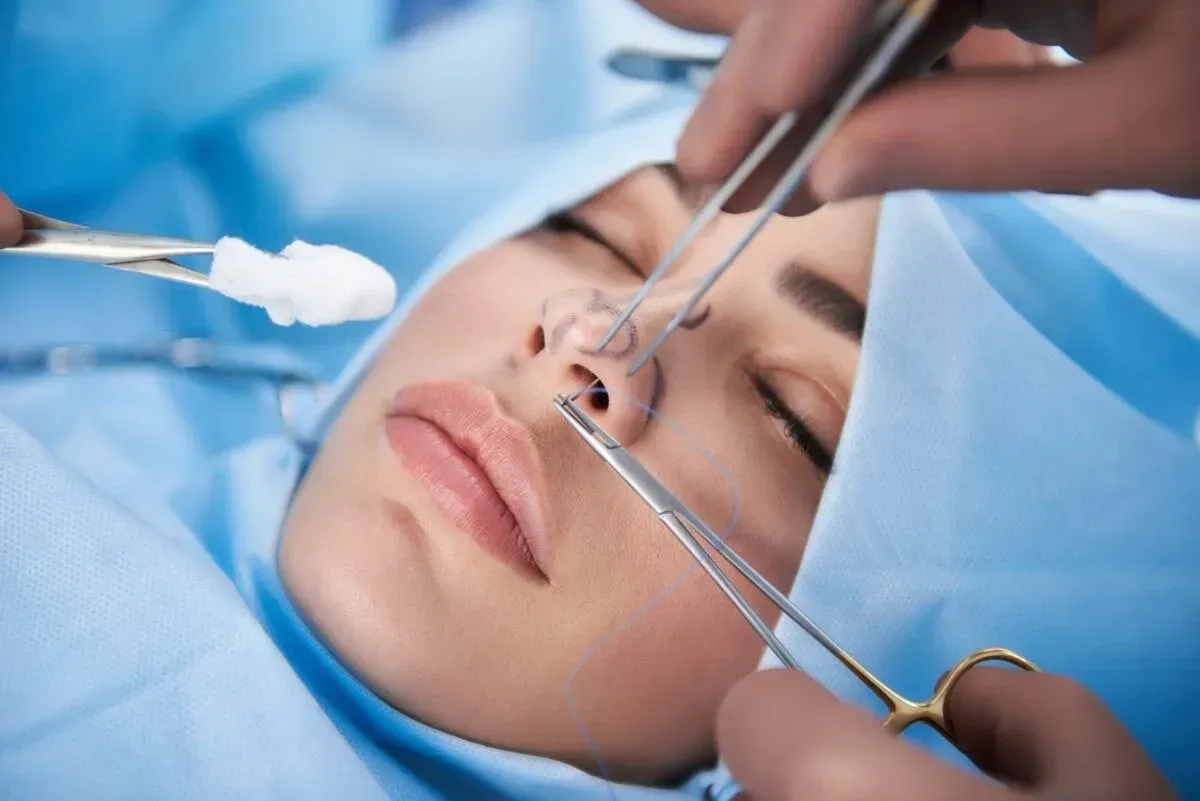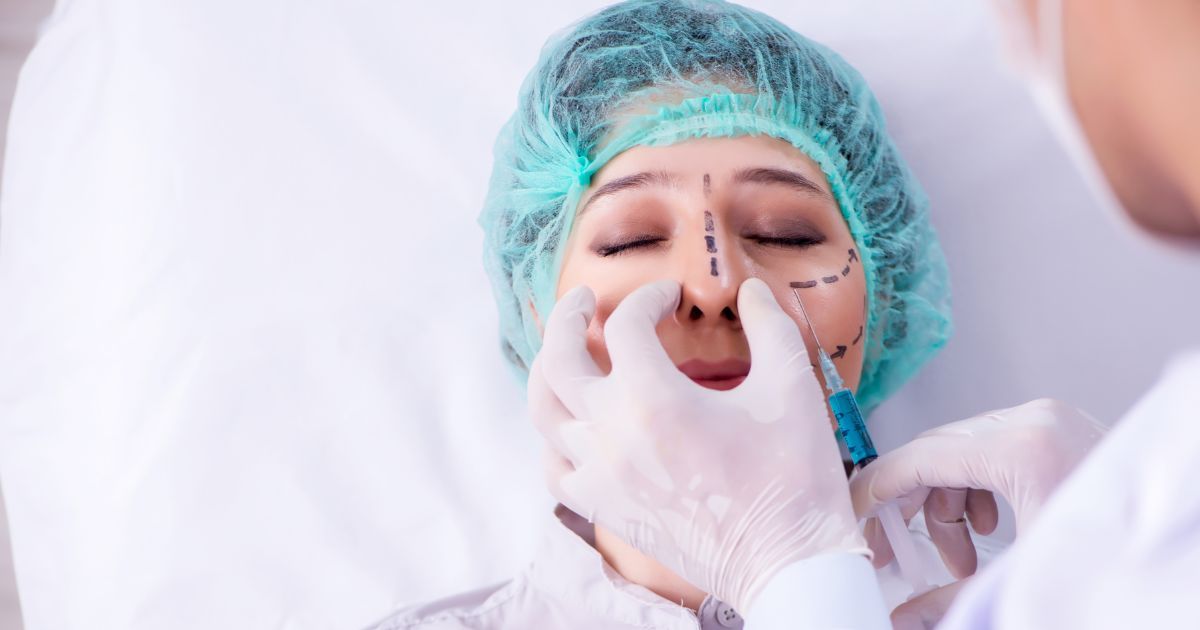From Airport to Operating Room: A Foreigner’s Rhinoplasty Journey in Korea
From Airport to Operating Room: A Foreigner’s Rhinoplasty Journey in Korea
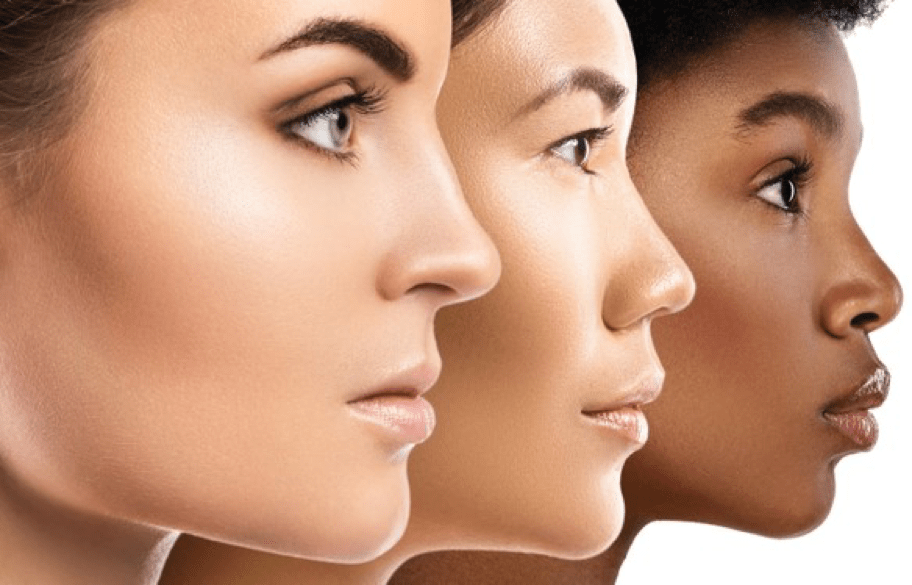
A Step-by-Step Guide to Your Nose Surgery Experience Abroad
South Korea has become the world’s leading destination for rhinoplasty, attracting patients from around the globe with its natural results, advanced techniques, and experienced surgeons. But for first-time travelers, one question always arises:
“What exactly happens from the moment I land to the day I get my surgery—and beyond?”
This blog post gives you a complete, step-by-step walkthrough of a foreigner’s rhinoplasty journey in Korea, covering everything from airport arrival to post-op care. Whether you’re from the U.S., Europe, the Middle East, or Southeast Asia, this guide is designed to prepare you for a smooth, stress-free, and successful nose surgery experience in Korea.
✈️ Step 1: Arrival in Korea – VIP Welcome
Many reputable Korean clinics offer airport pickup services for foreign patients. Once you land at Incheon International Airport, a professional driver or clinic coordinator will meet you at the gate and escort you directly to:
- Your clinic for a first check-in, or
- A pre-arranged partner hotel or guesthouse
Some clinics offer clinic-and-hotel packages, so you won’t need to worry about booking accommodations separately.
Pro Tip: Most international patients arrive 2–3 days before surgery to acclimate, rest, and prepare for consultation.
🏨 Step 2: Settling In and Meeting Your Care Coordinator
At check-in or the following morning, you'll meet your dedicated care coordinator—usually fluent in English, Chinese, Russian, Arabic, or Japanese depending on your needs.
Your coordinator helps with:
- Clinic registration
- Translation during consultations
- Explaining surgery prep and aftercare
- Providing local tips for food, pharmacies, and transport
You’ll also be given your rhinoplasty schedule outlining every step of your visit.
👨⚕️ Step 3: In-Depth Consultation & 3D Imaging
The day before or two days before surgery, you’ll visit the clinic for your:
- In-person consultation with your surgeon
- Facial analysis and 3D simulation
- Medical evaluation (blood tests, ECG, CT scan if needed)
During this session, you’ll:
- Discuss your aesthetic goals
- Review nose types, implant options, and cartilage grafting (if needed)
- Preview the likely outcome on a 3D model
- Learn about risks, anesthesia, healing time, and expected results
The surgeon will tailor a fully personalized plan based on your facial structure, ethnicity, and expectations.
Patient Tip: Don’t be shy—ask all your questions! This is the most important step in ensuring your satisfaction and safety.
🛌 Step 4: Pre-Op Preparation
You’ll be advised to:
- Stop alcohol, smoking, and blood thinners 1 week before surgery
- Fast 8–12 hours before your operation
- Arrive early for surgery day
Most clinics provide pre-op packs including:
- Instructions in your language
- Clothing for surgery
- Skin cleansing kits
- COVID test (if required)
🏥 Step 5: Surgery Day – The Big Day
On surgery day, you’ll be admitted to the clinic and:
- Change into a surgical gown
- Meet your anesthesiologist
- Review the plan again with your surgeon
- Receive light sedation or general anesthesia (depending on procedure complexity)
Rhinoplasty surgery usually lasts 2 to 4 hours, depending on:
- Whether you need cartilage grafts
- Alar/tip refinement or bridge work
- If it’s a revision rhinoplasty
After surgery:
- You’ll be monitored in a recovery room for a few hours
- Most patients return to their hotel or clinic’s recovery suite the same day
- You’ll be given oral medications, ice packs, and nasal sprays for recovery
💊 Step 6: Post-Surgery Care & Recovery Support
Korea’s clinics are known for exceptional aftercare. During your 7–14 day stay, expect:
- Regular check-ups (Day 1, Day 3, Day 5, etc.)
- Splint removal and stitch out around Day 6–7
- Swelling treatments: LED therapy, cold compresses, deswelling injections
- Detailed guidance on:
- Sleeping posture
- Cleaning the nose
- Eating post-op
- When to resume flying
You’ll also receive a post-op healing schedule with timelines and photos so you can track your recovery.
👃 Step 7: Final Check-Up & Fly Home
After about 10–14 days in Korea:
- Your surgeon will assess your healing and results
- You’ll be cleared for flying
- Your clinic may provide:
- Medical report for customs
- Post-op care products
- A contact line for online follow-up from your home country
Most swelling reduces significantly in 2 weeks, but final results will settle over 6–12 months.
💬 Real International Patient Experiences
🌍 Yasmine, UAE
“From the airport pickup to my final checkup, everything was smooth. My surgeon explained each step in detail, and the care was five-star. I stayed in a hotel 3 minutes from the clinic and had translators for every visit.”
🌍 David, USA
“I was nervous about traveling alone for surgery, but the clinic assigned a coordinator who stayed with me from start to finish. The 3D simulation made me feel confident. The results are natural, and no one suspects I had surgery!”
🌍 Ana, Brazil
“The best part was the post-op care. I didn’t just get surgery—I got LED light therapy, daily check-ups, and even facial massages. The support team made me feel safe and cared for every day.”
📦 What’s Included in Most Foreigner Packages?
ServiceIncluded in Packages?Airport pickup✅Hotel accommodation (7–10 days)✅Bilingual coordinator✅Pre-surgery consultation + tests✅3D facial simulation✅Surgery + anesthesia✅Post-op care + medications✅Splint/stitch removal✅Online follow-up after departure✅
🧠 Final Thoughts: Korea Makes Your Rhinoplasty Journey Safe and Simple
The thought of traveling for surgery can feel overwhelming—but Korea’s world-class clinics have perfected the experience for international patients. From the moment you arrive at the airport to your final check-up, every step is managed with care, clarity, and professionalism.
You don’t just get a new nose—you get a luxury-level experience, all at a cost that’s far more reasonable than many Western countries.

